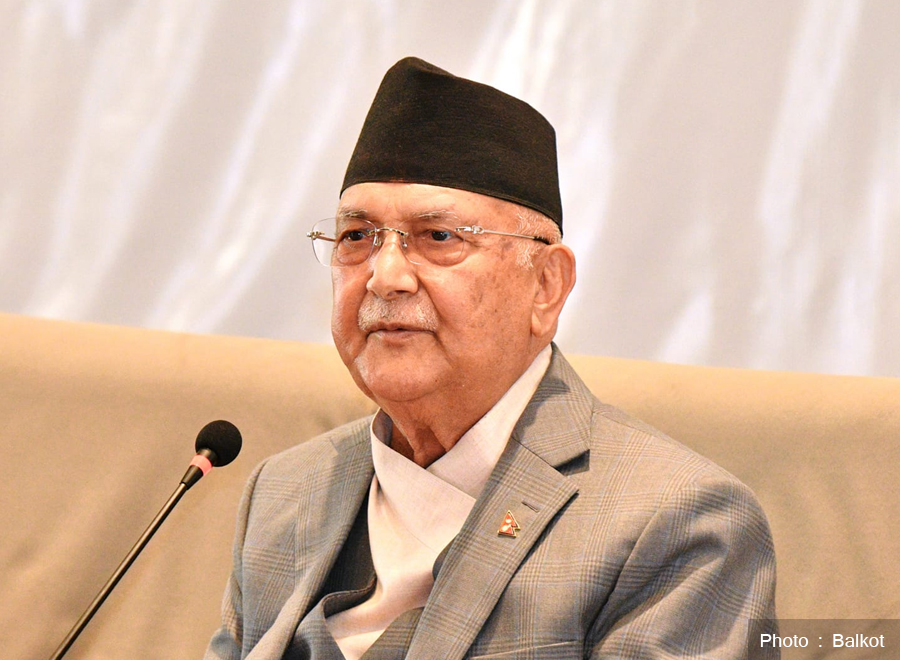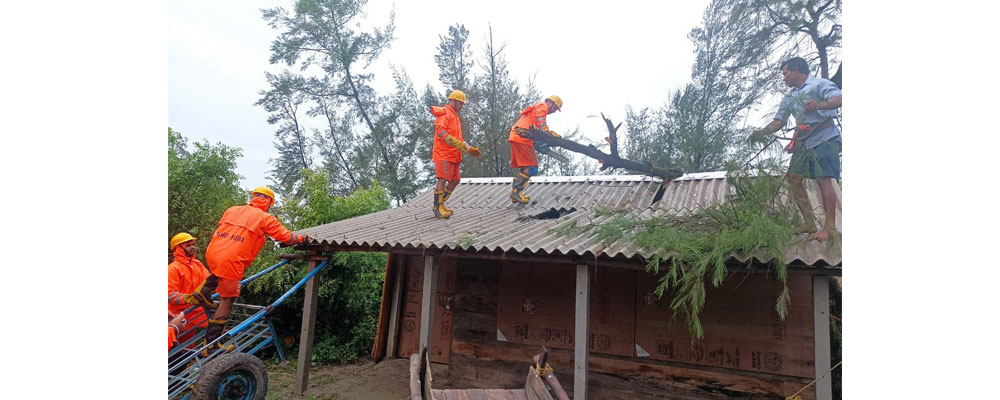Six reasons why remittances soared in South Asia during COVID-19

Valerie Mercer-Blackman, World Bank Senior Economist, South Asia Office of the Chief Economist
Yi (Claire) Li , Consultant
World Bank’s latest South Asia Economic Focus shows that several factors help explain the large increase in remittances in 2020. Some also suggest there are great opportunities for policy interventions.
- Savings repatriation. A portion of the recorded rise in remittances could represent repatriated savings of emigrants returning home after losing their jobs or not finding new opportunities. One example: Saudi Arabia granted less than 10,000 work visas per quarter in the first and third quarters of 2020, compared to an average approval rate of over 40,000.
- Better capturing of remittance statistics. Remittances could have shifted from informal (unrecorded) to formal (recorded) channels. Part of the increase was just recording of flows unnoticed in the past in official statistics, not an actual increase . Before COVID-related travel restrictions, a significant share of remittances may have arrived through trips home by migrants or their trusted friends with cash in hand, gifts, etc. This was no longer an option during the pandemic.
- Generosity. Dire economic conditions in South Asia could have encouraged greater giving by migrants’ close-knit family and community ties. South Asian countries rank high compared to other middle-income countries on a measure of altruism based on FINDEX . Current giving campaigns by diaspora amid the health crisis in India suggest this altruism is alive and well in 2021!
- Financial innovation. The shift to more formal channels was facilitated by the accelerated development of Fintech and digital transfer apps such as G-pay and Alipay, which have made the digital transfer of funds more accessible and cheaper per transaction, leading to an overall increase in remittances.
- Host country transfers. Some migrants were able to access cash transfers offered by host country governments, which would allow then to send home higher amounts than normal (e.g., stimulus payments in the United States).
For many low-income households in the receiving country, remittances are a key stable tool of poverty alleviation
It’s not clear which effect mattered more, let alone whether the increase in remittances is temporary or permanent. Much will depend on post-COVID migration policies in host countries.
But as in other areas of policy, the pandemic has provided an opportunity to better reap the economic benefits of migrant work. For the host countries, migrants are willing to work hard and consistently if provided with reasonable opportunities, raising growth potential in host countries–many of which are facing long-term national labor supply shortfalls amid lower birth rates and aging populations. For many low-income households in the receiving country, remittances are a key stable tool of poverty alleviation.
The pandemic has also accelerated innovation and competition in digital platforms. South Asian governments can work with host countries to expand job-matching sites, establish registries, and sponsor ‘fintech’ platforms that will further bring down the cost of digital payments. Single-corridor Fintech solutions are giving way to multiple-corridor platforms, which could enable local institutions to access both sender and receiver through digital wallets. A low-hanging fruit for policymakers!


















Facebook Comments